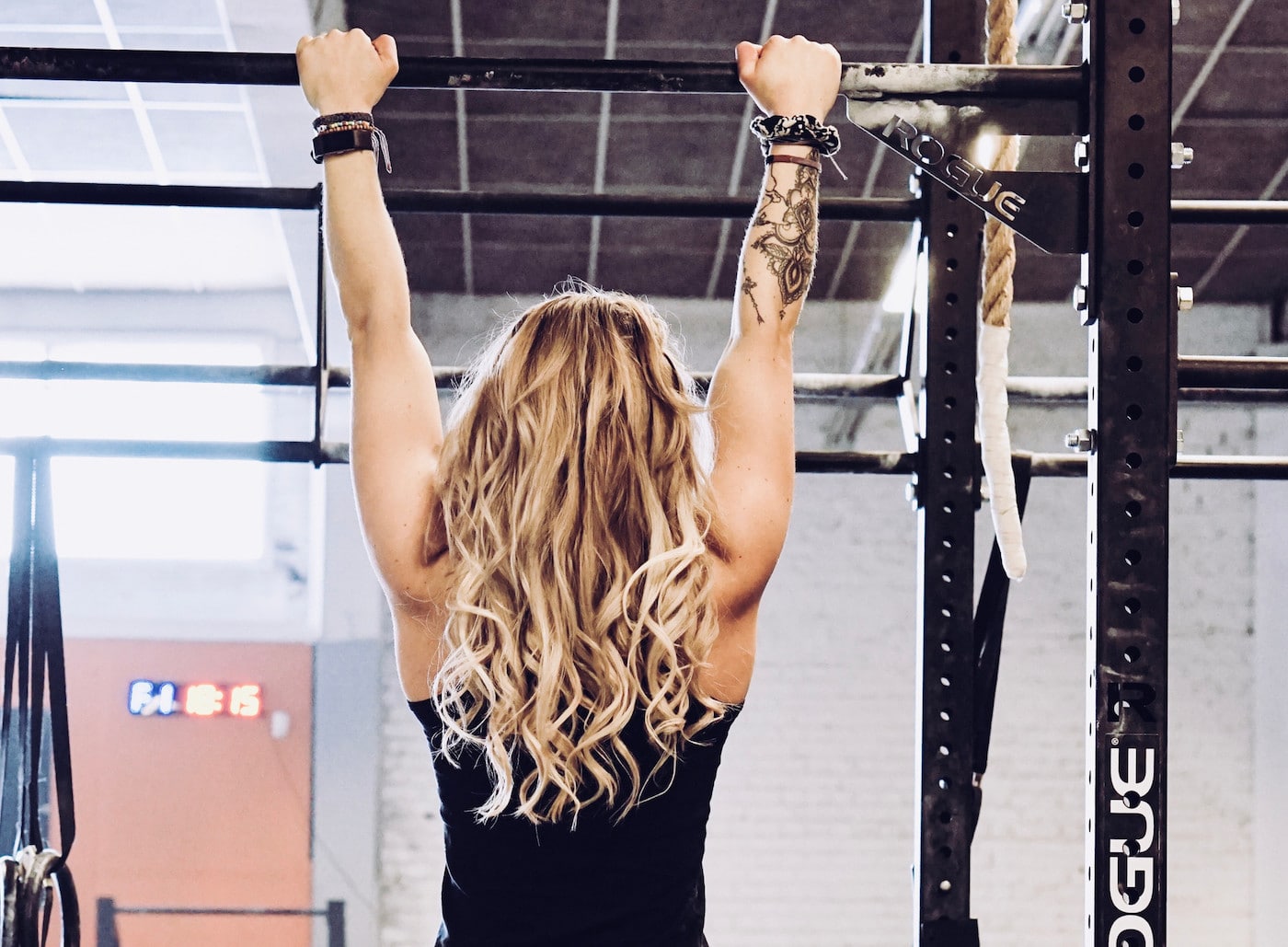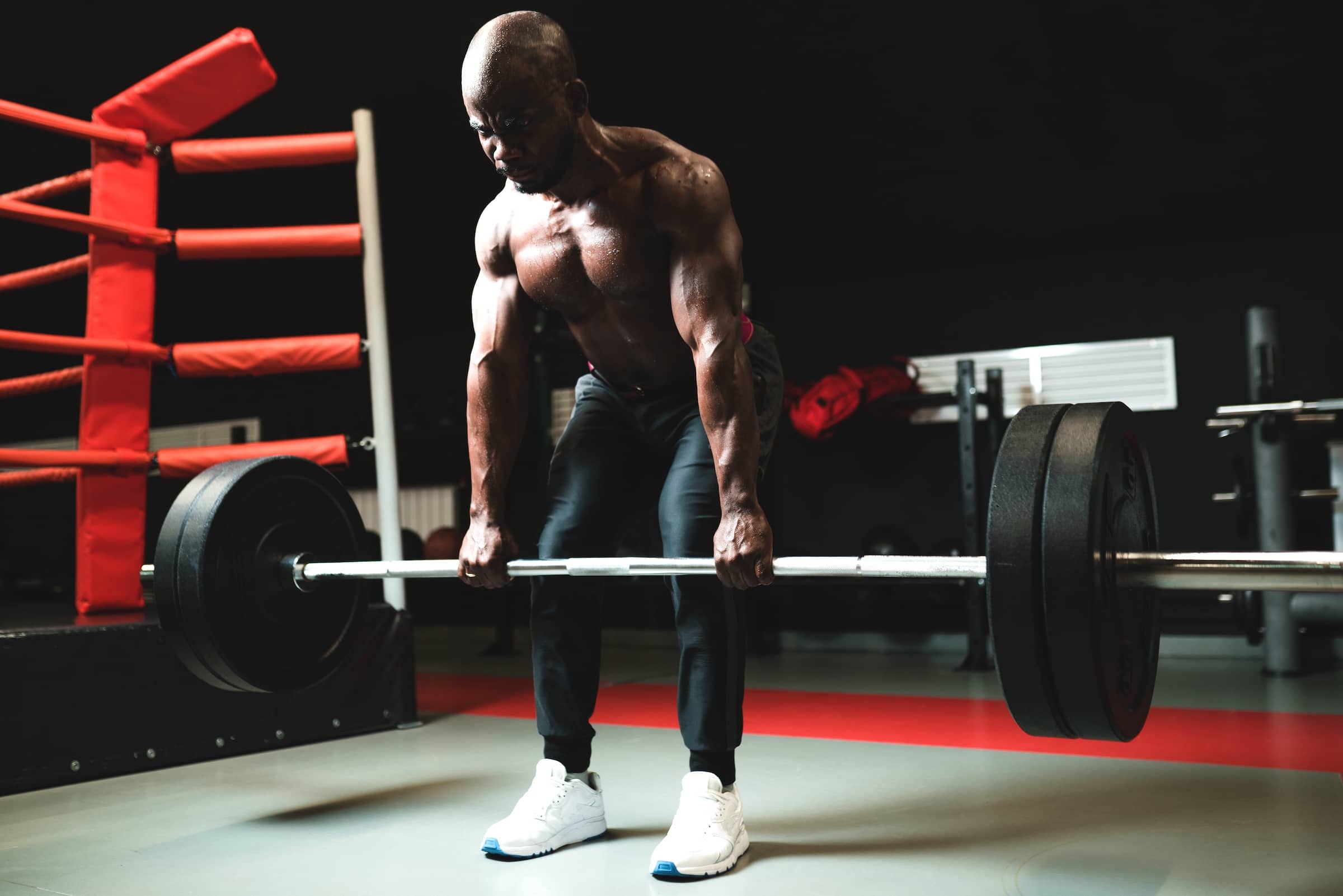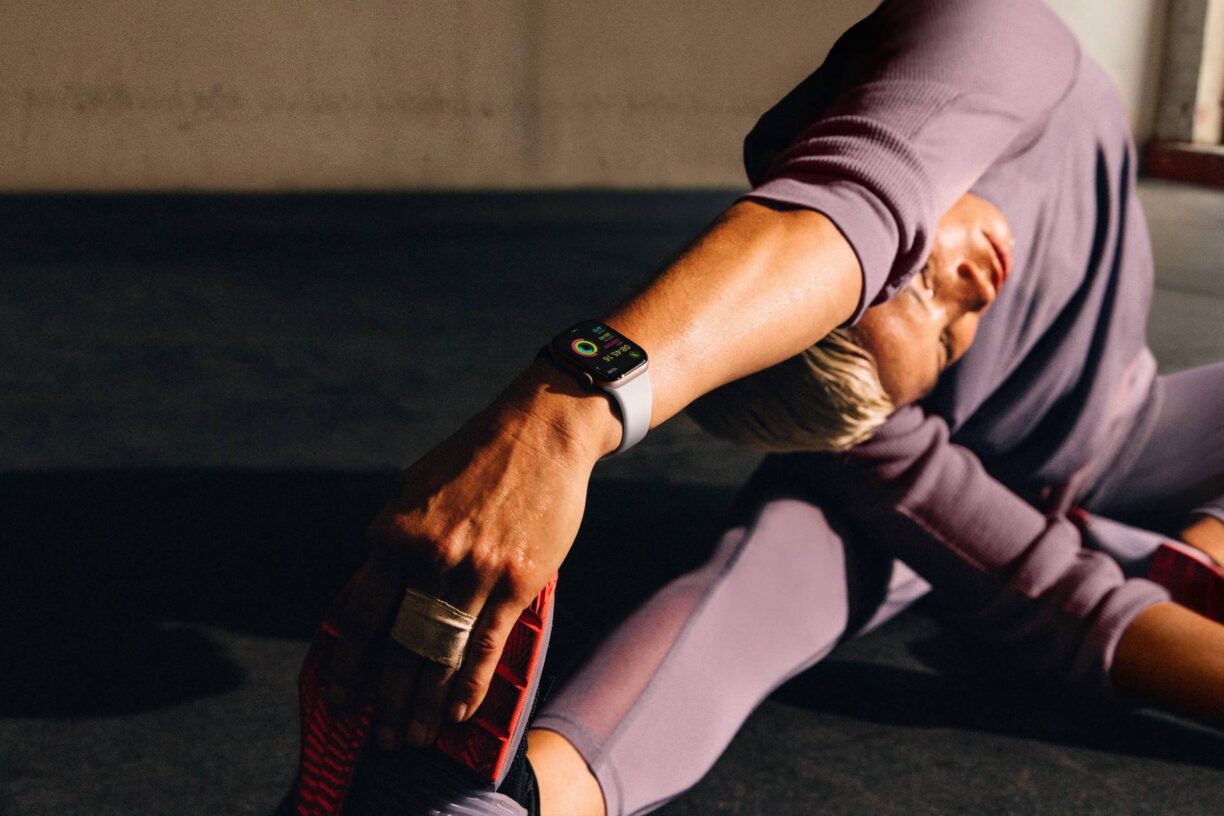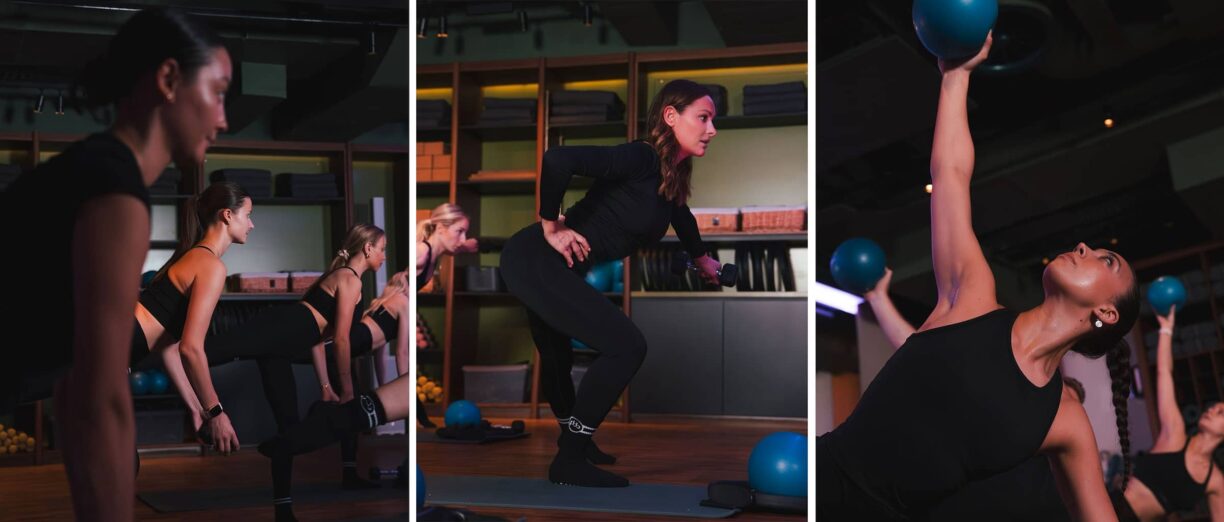Let’s face it—our backs take a relentless pounding each day. Between the desk-bound drudgery and endless screen scrolling, it’s no wonder back exercises have become essential.
Neglect your back muscles, and you’re headed straight for a world of stiffness, aches, and perhaps worse.
But fret not, weary warriors. Here are ten back exercises that promise not just relief but also strength that’ll have you moving like the finely tuned machine you were meant to be.
1. Lat Pull-Downs: The Foundation Builder
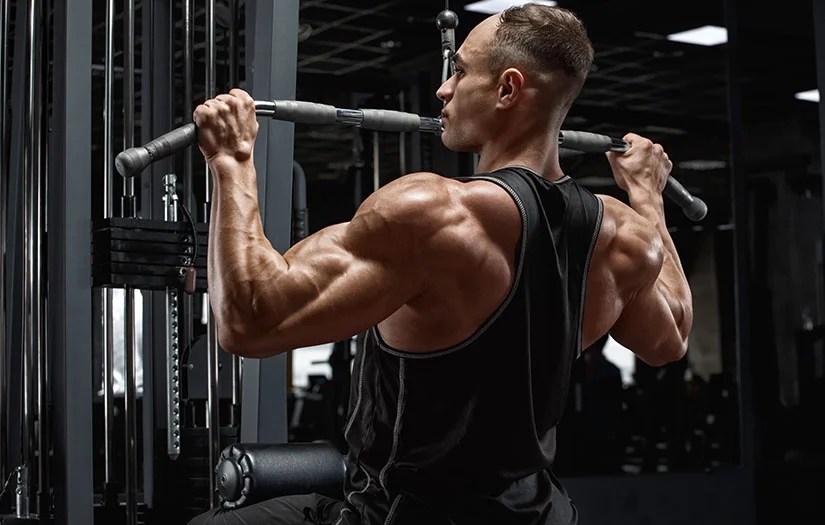
The lat pull-down is your starter kit for back strength, hitting the lats, mid-back, and even sneaking some bicep love in there.
How to: Sit at the cable station, wide-grip bar in hand, chest proud. Pull down smoothly to your upper chest and control the return. No wild swinging, please—save that for dancing.
2. Kettlebell Swings: The Posture Perfector
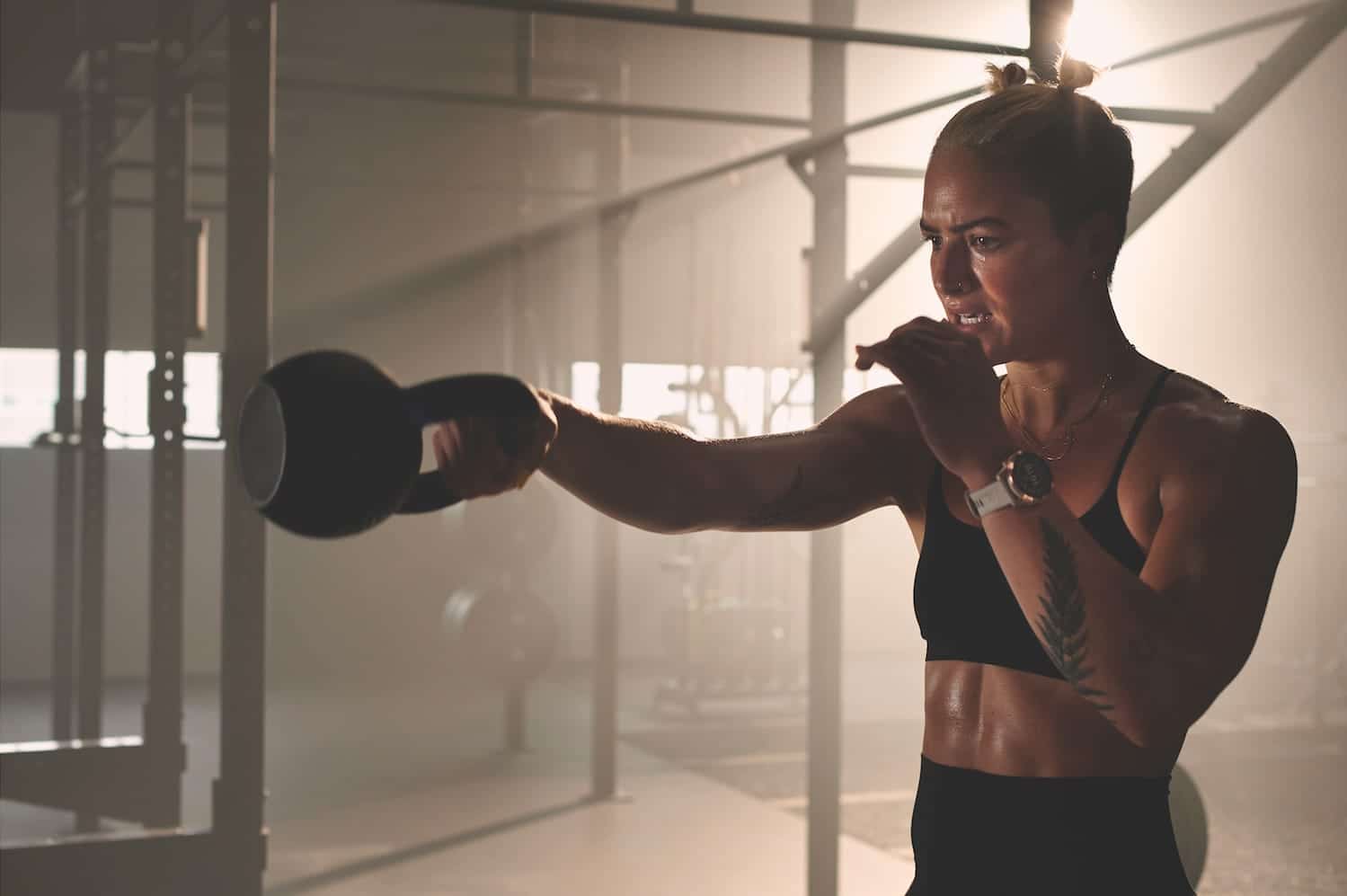
Kettlebell swings do it all. They hit your back, glutes, and hamstrings while teaching you to maintain a strong, neutral Kettlebell swings not only strengthen your back but also teach your spine the fine art of staying neutral.
How to: Feet wide, hips hinged, kettlebell swinging confidently between your legs and up to shoulder height. Core tight, posture perfect.
3. Standing T-Bar Rows: For That Dense, Muscular Look
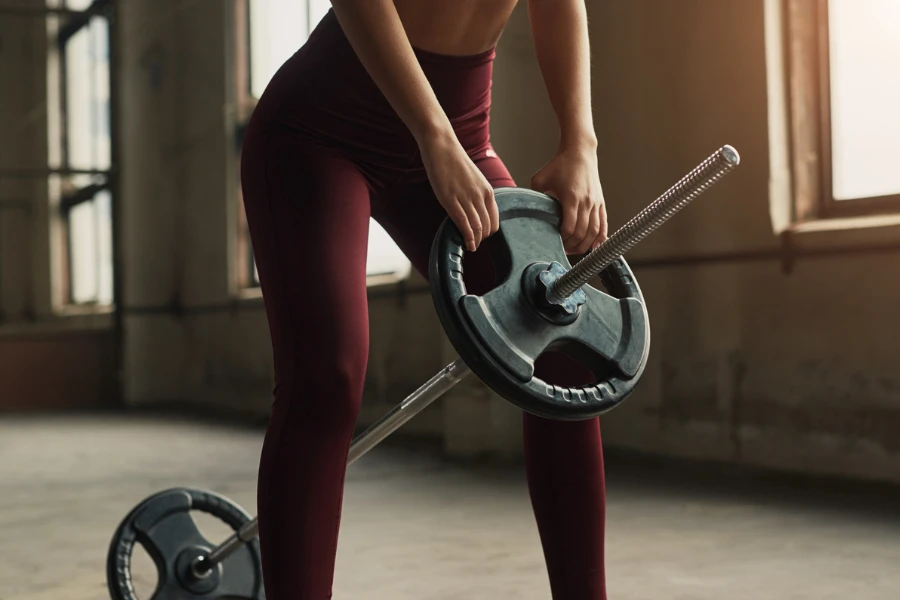
If “powerful” is your goal, T-bar rows deliver, building a thick, impressive back.
How to: Bend forward, grasp the bar, and row it boldly towards your chest. Squeeze those shoulder blades—imagine cracking walnuts between them.
4. Barbell Deadlift: The Ultimate Power Move
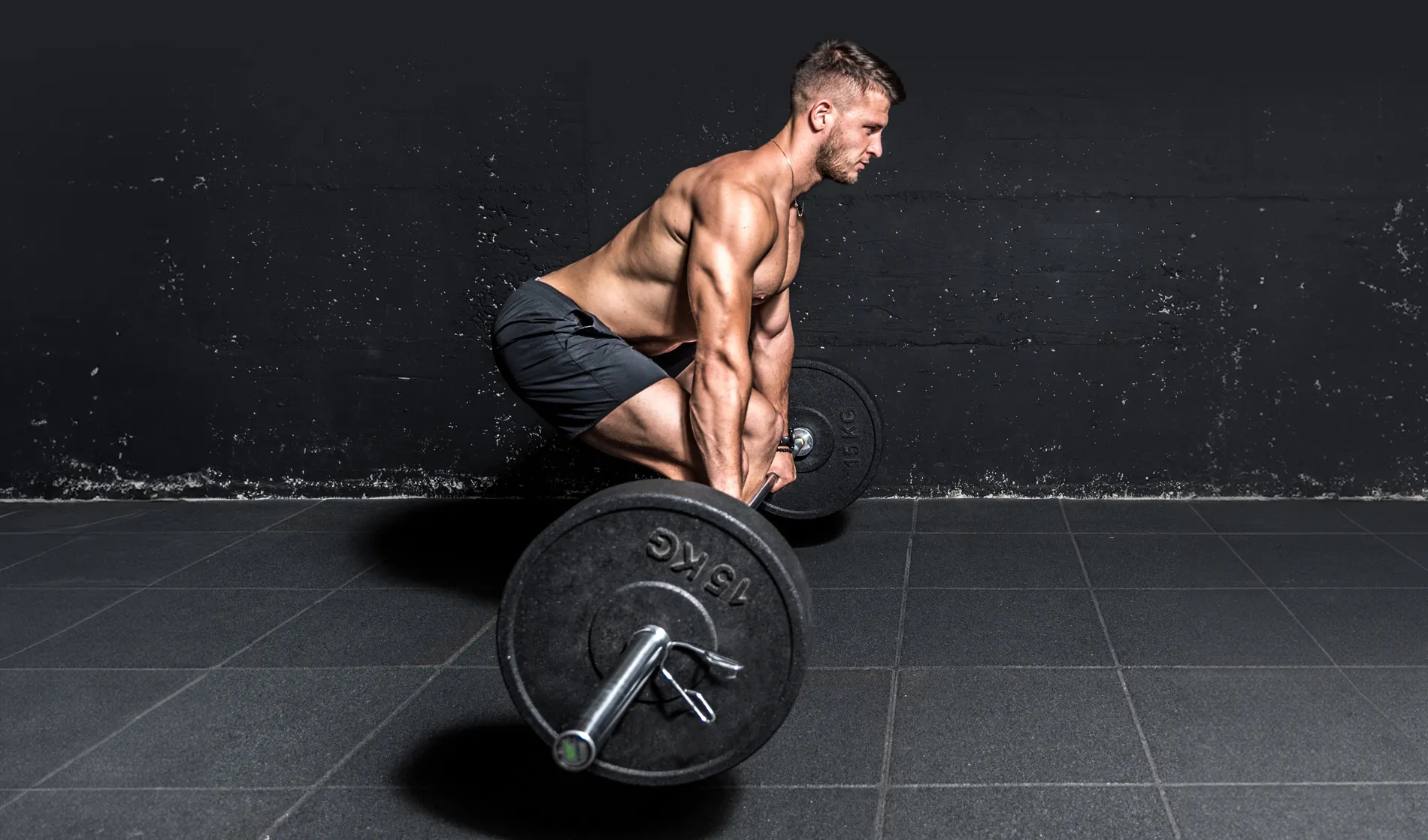
Deadlifts hit nearly every muscle you’ve got, but your back muscles especially thank you.
How to: Grip the bar, chest up, back straight. Push through your heels, lift that barbell, shoulders proud at the top. Celebrate briefly, then carefully lower.
5. Bent-Over Barbell Row: A Back Day Staple
A tried-and-true classic that powers up your upper and mid-back.
How to: Feet shoulder-width, torso bent forward, row the bar to your chest, and pause for glory. Lower it slowly—like putting a baby down for a nap.
6. Dumbbell Single-Arm Row: Balance Your Strength
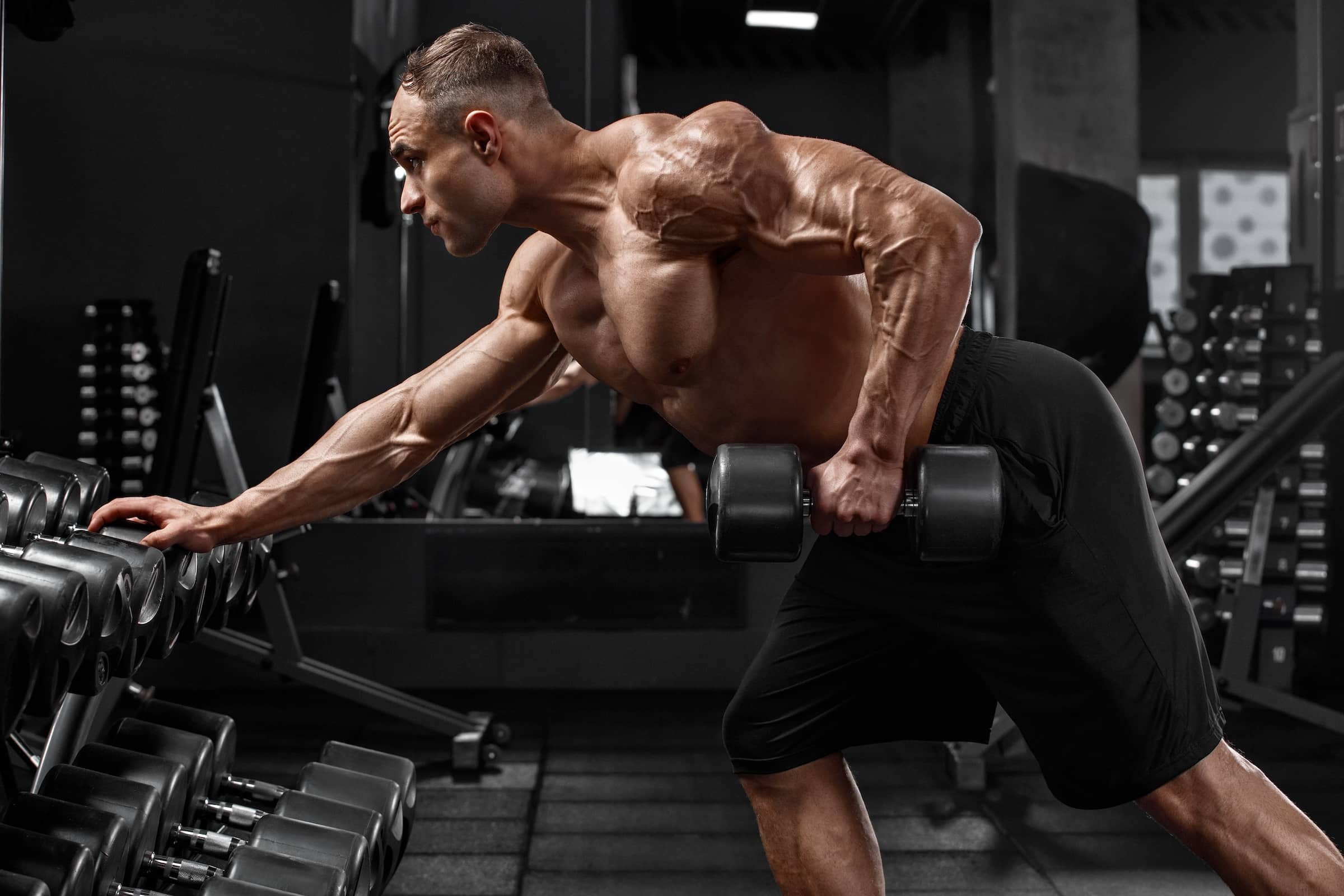
Single-arm rows aren’t just about muscle—they help fix any strength imbalances.
How to: Hand and knee on a bench, row a dumbbell close to your side. Lower with control and repeat with gusto.
7. Chest-Supported Dumbbell Row: Gentle on the Spine, Heavy on Gains
Give your lower back a breather and focus entirely on your upper back.
How to: Face-down on an incline bench, pull dumbbells toward your chest, squeeze tightly, then gently lower.
8. Farmer’s Walk: Old-School Strength
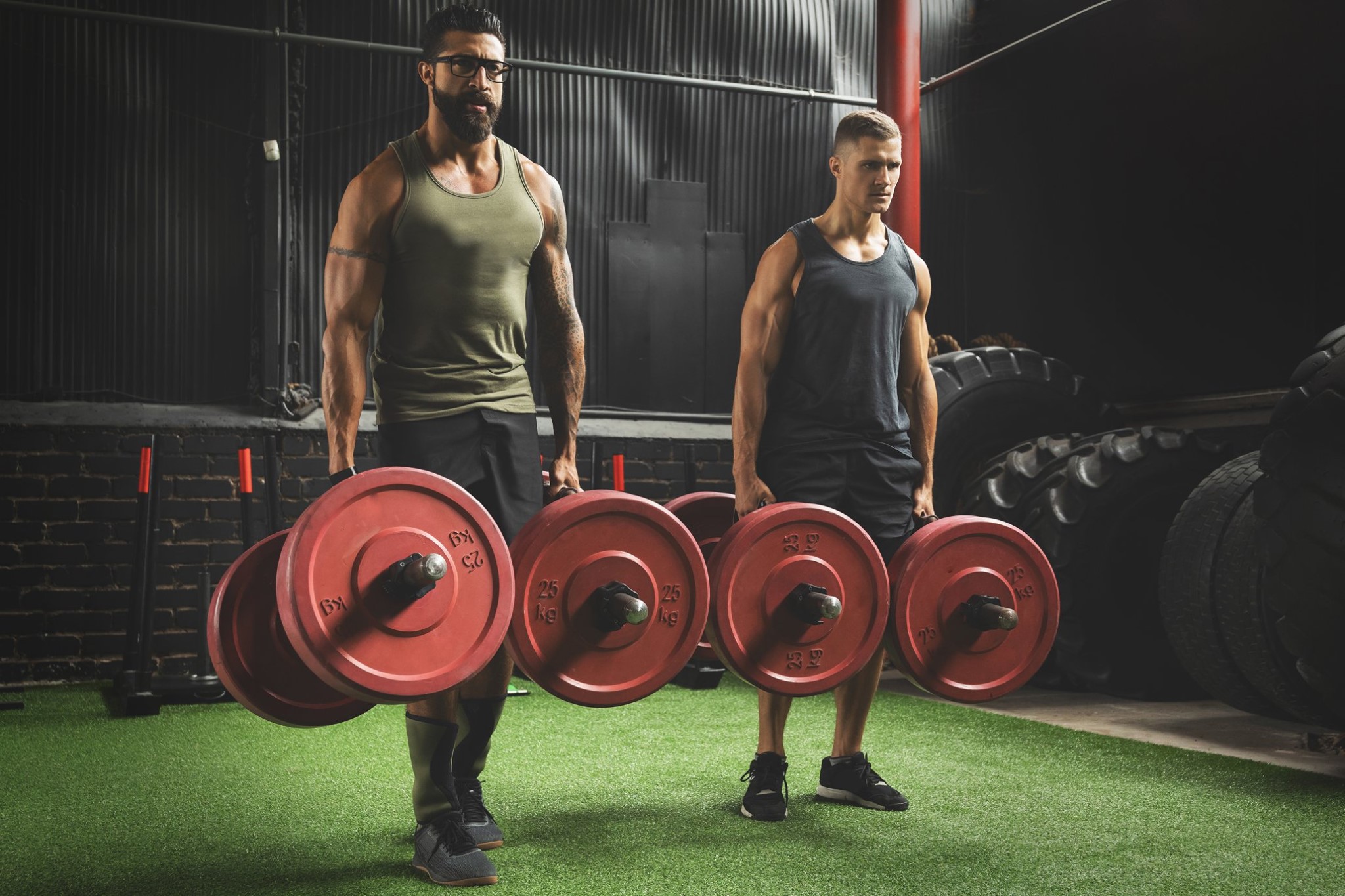
Nothing beats carrying heavy things around for building functional strength.
How to: Grab heavy weights, chest out, shoulders back. Walk like you’ve got purpose—and strength to spare.
9. Inverted Row: Friendly to Your Lower Back
Ideal if you need a gentler exercise without sacrificing back-building potential.
How to: Lie beneath a waist-high barbell, keep straight like a plank, and pull yourself up with determination.
10. Wide-Grip Pull-Ups: The Ultimate Challenge
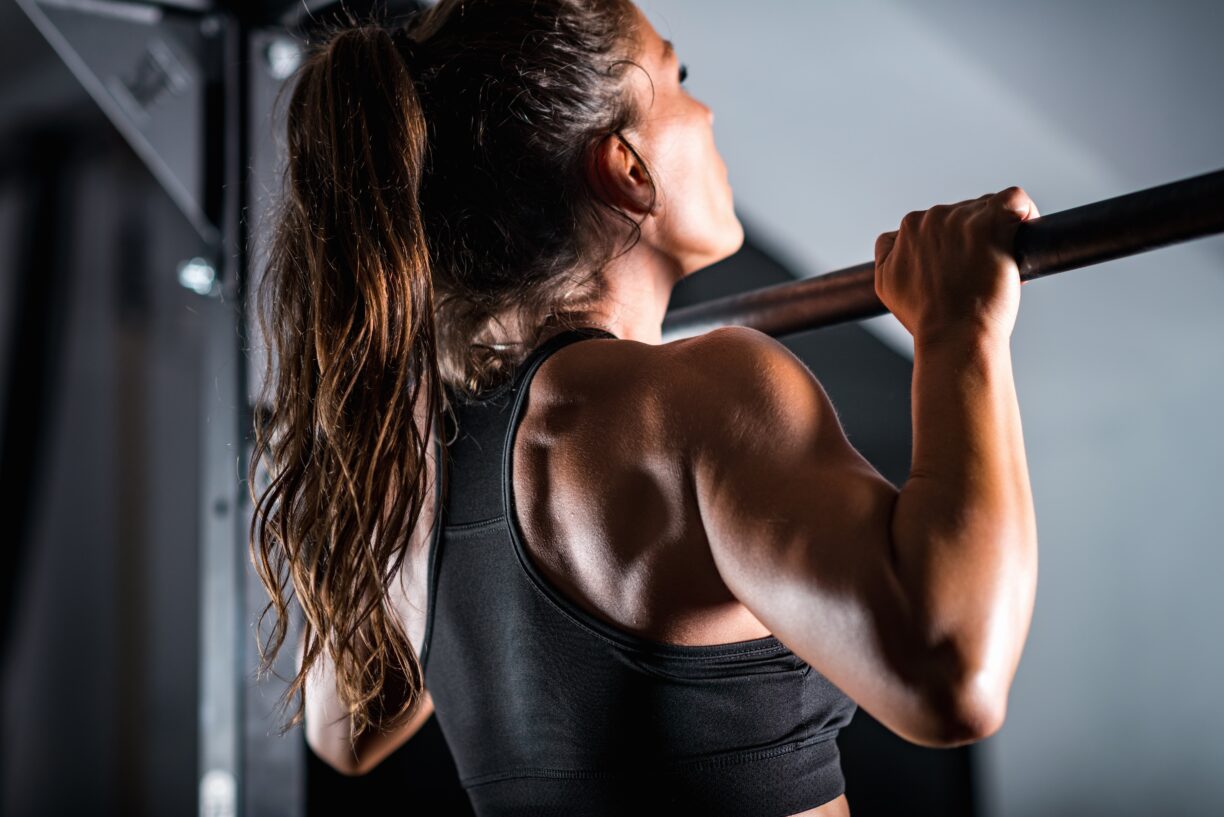
Pull-ups aren’t easy, but neither is greatness.
How to: Grip wider than your shoulders, pull until your chin clears the bar, and descend with elegance.
Why All These Back Exercises?
Your back is more than a canvas for T-shirts—it’s your body’s very foundation. “Your back isn’t just for looking good in a T-shirt—it’s your body’s support system,” says every good trainer ever. “From lifting groceries to sitting straighter at your desk, a strong back makes life easier.”
Blend these back exercises into your routine, and your spine will soon thank you—with better posture, fewer aches, and strength for all life’s challenges.

